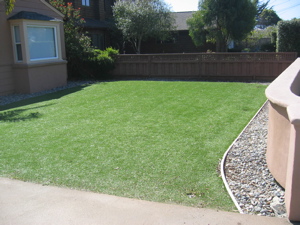
Installing synthetic turf has become all the rage recently. It was even featured on some Bay Area local channels. Commonly known in the past as astro turf, it has been reinvented, repacked and now called ‘eco turf.’ It is being touted as the latest in green landscaping. There is even a striking list of ecological “solutions” that this product addresses. Those include no mowing, no watering or expensive irrigation systems, no weed control, and no other maintenance headaches like fertilizing and hauling away grass clippings.
The latest synthetic turf is even manufactured from recycled plastic and is recycable at the end of its life. Your kids can play on it in the rain and won’t get muddy. It is wheel chair accessible. So it seems like we have solved a horde of environmental issues with one product, so what’s not to love?
Stepford Lawns
Do you recall the part in the movie, The Stepford Wives where one of the Stepford wives gets stabbed and it messes with her wiring and she starts repeating “ I thought we were friends, I thought we were friends? That’s what I imagine synthetic turf is saying when I stab it with my accusations of it being a pseudo green product. Like my friend Owen Dell would say, it’s kind of like organic heroin, organic or not it is still fundamentally a bad idea.
Aromatherapy it’s not
I’ll begin with the deceptively simple argument that my primary distrust of synthetic turf is based on the fact that it is not alive. It does not breathe and therefore it offers no oxygen as a byproduct. On a warm day the entire area around a synthetic playing field reeks of melting off-gassing plastic, not an enjoyable smell. It certainly is not aromatherapy. Again because the stuff is not living and breathing the cooling effect is absent and thus the heat island affect is increased. The ‘heat island’ refers to the phenomena in which urban air and surfaces sustain higher temperatures than nearby rural areas.
The images below comparing air, water, bermudagrass, sand, asphalt, and synthetic turf surface temperatures illustrate how hot a synthetic field can reach during a warm day.
Crumbled automobile tires are included in synthetic turf to mimic the look and feel of soil. Cool, a new way to recycle tires? The problem is that this ‘soil’ is dead and in addition during rain it leaches carcinogens, hazardous chemicals, and heavy metals such as lead, cadmium, zinc and arsenic. This leachate is considered toxic runoff. Where does it go? Straight into our rivers, creeks and oceans. Replacing natural grass with synthetic turf is not a carbon-neutral process especially considering that natural grass helps eliminate Co2, one of the major green house gases, from the atmosphere, synthetic turf however does not.
Guinea Kids
Findings from a study published by The Connecticut Agricultural Experiment Station in 2007 shows numerous chemicals that are detrimental to human health present in tire-crumbs commonly used in synthetic fields.
The composition of ground rubber was investigated in the Connecticut study and it was determined that the chemicals leached by crumbled tires exceed the cancer risk threshold in young people, children, and babies. The Synthetic Fields Task Force for the city of San Francisco identified eleven health and environmental issues of public concern.
The report could not determine the safety of children using synthetic turf with tire waste or if it is harmful to children’s health. It did confirm that the ground up tire waste contains quantities of lead, carcinogens, and other hazardous chemicals that are unregulated. The report also noted that controlling virulent bacterial growth in tire waste fields poses a significant challenge.
Our kids are now expected to play on a low level toxic surface. During strenuous activities they breathe in these toxic off gasses. Because plastic is not an inert substance, it both leaches and off-gasses pieces of itself. Plastics are known to release endrocrin disrupters because it contains zeno estrogen. Zeno estrogen can wreak havoc with the puberty cycle in the human body. With synthetic turf there is direct and close contact with the lungs and skin of the growing bodies of children. This would not seem to me to be a great combination. We are acting as if the jury is still out regarding the detrimental effects on human health from synthetic turf. Just call our kids guinea kids.
Because of the toxic runoff and drainage issues this is a product that is not healthy for the watershed. I interviewed a worm regarding this product and it was none too happy about it to say the least. The soil food web, the vast ‘web’ of life in the soil beneath our feet is under extreme duress under synthetic turf, primarily because this soil is deprived of oxygen. No oxygen, no life. Much of the current product being installed today in playing fields is made from unrecycled virgin plastic, a petroleum product that adds to global warming in its manufacture.
Recommended reading:
Check out this book: Gaia’s Garden: A Guide to Home-Scale Permaculture
The book is about how working with nature, not against her, results in more beautiful, abundant, and forgiving gardens. An ecological garden will reduce or eliminate most of the backbreaking work that’s needed to maintain the typical lawn and garden.
Our children’s trust
The health and safety of our children is at stake. They rely on us to provide them with a harm free place to play. Our duty is to live up to that trust amidst all of the marketing hoopla about synthetic turf. Hasn’t synthetic turf been around before? Fool us once, shame on you; fool us twice, shame on us. Let us not be fooled again by the alluring language of this supposed ‘green’ product.
*Information is included in this article from an article in the Fog City Journal.
Ken Foster, is a landscape contractor and the owner of Terra Nova Ecological Landscaping. Ken is a certified permaculture designer and gives talks on topics related to sustainable landscaping including ‘Fossil Free Landscaping’, sustainable design, hardscape and softscape installation and maintenance. He is a native of Santa Cruz, California. Ken can be found at Terra Nova website http://www.terranovalandscaping.com
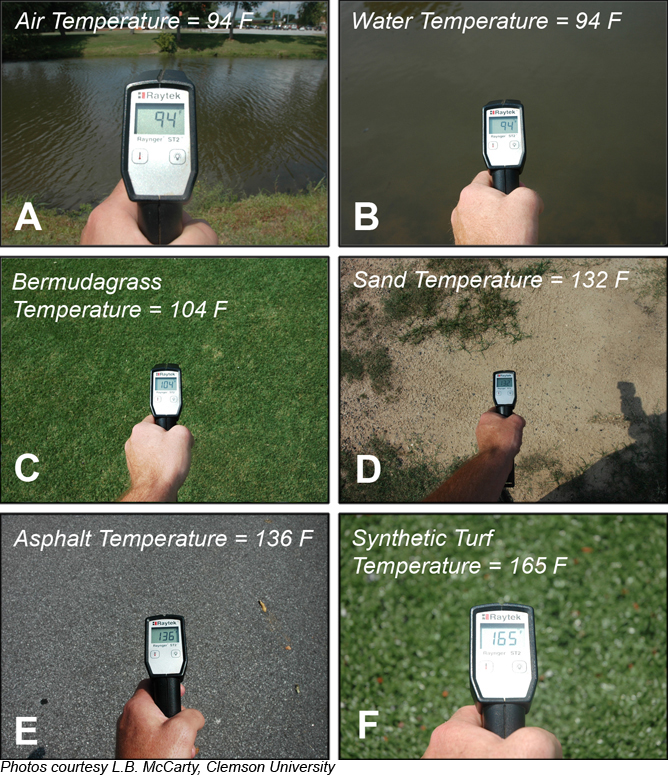
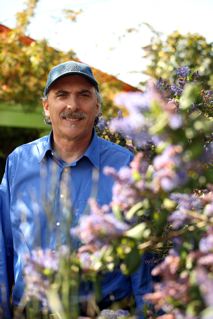
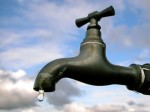 Why Your Water Bill Can Go from $63 to $128 in the Next Few Years
Why Your Water Bill Can Go from $63 to $128 in the Next Few Years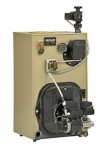 Not Such Obvious Benefits of Oil Boilers
Not Such Obvious Benefits of Oil Boilers How to Liberate Yourself from Junk Mail in 5 Minutes
How to Liberate Yourself from Junk Mail in 5 Minutes
Another little known issue with synthetic grass is how much it needs to be sprayed! I talked with some grounds maintenance workers from Palo Alto about a year ago and they told me they have to spray the synthetic turf more than they sprayed regular grass. They synthetic grass needs to be sprayed with disinfectants. Because it’s synthetic, it’s a breeding ground for pathogens. Even though it may not get irrigated, it needs to be washed once in a while.
We don’t need more of the plastic industry’s problems put out on our landscapes.
Great article Ken! Thanks for the clear picture that includes the issue with tires pieces. I have heard of kids injesting the tires when playing sports like football. The surface is also much harder on the body, as it doesn’t give like soil does. My kids school has the plastic grass pieces that get loosened by use, floating across campus into fencing and nearby plants. Often, I find the tire pieces in my kids shoes. When it rains, both the plastic and th tires pellets roll into the storm drains.
The trash- like gum, wrappers and miscellaneous small things, that accumulates from people on the turf is hard to pick up. The school maintenance crew has to run a vacuum across the ‘turf’- which is really pathetic as most of it stays like lint on a sweater. At least with real grass, when someone spits or cuts themselves, I have the idea that the soil biology probably eats it up.
You really need to have a look at the new synthetic grass, they dont use tire crumb just sand and are made from mainly recycled material.
Thank you for the clarification on this Sally. I believe the author on this article has misspoken. The new synthetic turf ( for residential use) DOES NOT have tire crumbs. I have the turf in my front and back yard and it is indeed held down by sand. The author is alluding to the athletic turf used on playing fields and it does had tire crumbs. Sometime when you watch pro football slow motion replay, you can see the tire crumbs come up when someone makes a cut or is tackled. The residential turf is nothing like the athletic turf–apples to oranges. If you go to Cholas Little League field, there is a guy there that collects all the old athletic field remnants and sells them in pieces. The place does smell like tires when warm out. But again, this is the athletic turf. My turf in my yard does not smell at all, even when warm. I just can’t see how my turf is any way harmful to the environment. I save valuable water, I don’t fertilize or pesticide and I don’ t pollute the air with lawn mower or blower exhaust.
http://www.youtube.com/watch?v=q2USPTy_wVM
An important MUST SEE video clip for athletes and parents of children who use SBR synthetic fields. World Health Organization, International Agency for Research on Cancer, CA Office of Health Hazard Assessment, Public Health, Recreation and Parks, Environmental Review, Education, nano-particulates, Looks at issues of exposures and toxicity, (including nano-toxicity). San Francisco
Synthetic grass has also become very popular in Australia lately. During summer water restrictions have forced many home owners to install fake grass that requires less maintenance.
Now synthetic putting green made up of good type of recyclable material that does not excrete toxic by-products. Latest technology putting green made up special type of soft rubber which is easy to recycle.
your article is full of half truths and outright lies, very little factual information. I would advise you to do your research on current products and installation practices, but you have your own agenda, that much is very clear.
It was written by a professional in the field based on personal experience. However, it is possible there are better products out there. Please do share if you know. Thank you.